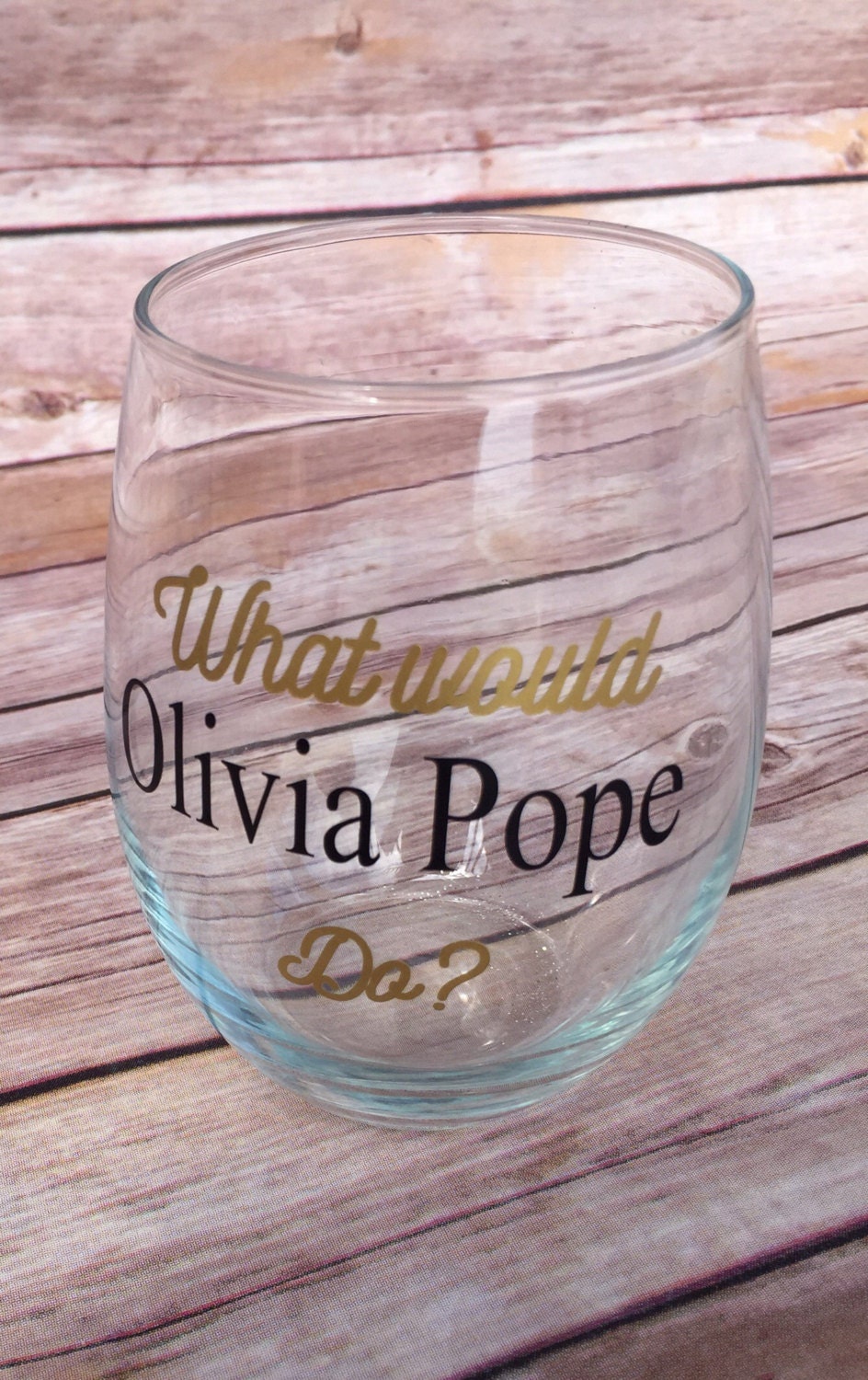

“But when I’m in the park, I’m for it, you know?”īut don’t clutch it like a baseball. “I try to avoid it as much as possible,” says Cabrales. That said, even the pros recognize that sometimes it’s more a matter of getting the job done. Therefore, these stemless wine glasses are not ideal for tasting. The structure presents a problem: it’s impossible to avoid touching the bowl. Stemless wine glasses have all the components of a traditional wine glass, minus the stem. Lever at ThumbĪ more challenging configuration, hold the glass at its base with your thumb on top and the side of your index finger on the bottom. Use your thumb and forefinger to grip the glass around where the stem and base meet. Pinch at StemĬlutch the glass towards the bottom of the stem, almost as if you were gripping a mug by its handle. The rest of your fingers rest at the base. Hold the glass towards the base of the stem, gripping between your thumb and your index finger. It also allows for more control when swirling the wine to release its aromas.Īny of the following holds are peachy keen in Cabrales’s book: 1. This helps avoid changes in the wine’s temperature through contact with the bowl and smudgy fingerprints.

Instead, she recommends lifting it gently with your fingers. “Always by the stem-don’t grab it like you’re grabbing a doorknob,” says Cabrales. Related: Different Types of Wine Glasses, and Why They MatterĪ rule of thumb when it comes to properly holding a traditional wine glass: the less contact with your glass, the better.

But for the sake of this conversation, we’ll refer to traditional wine glasses as any glass with a stem. Case in point, a wide-bowled glass for Pinot Noir, or a ( controversial !) narrow flute for Champagne. Of course, there are several different types of wine glasses that are constructed to maximize the enjoyment of specific varietals.
#OLIVIA POPE WINE GLASSES HOW TO#
How to Hold a Traditional Wine GlassĪ traditional stemmed wine glass is composed of a bowl (where the wine is poured), a stem (the long, slender bit beneath the bowl) and a base (the flat bit at the bottom). When a glass of wine is swirled, the resulting aroma amplifies the drinker’s perception of a wine’s flavor profile. That’s super important, since our sense of smell is more responsible than taste in the perception of flavor. Swirling is a key component of the Five S’s of wine tasting that encourages the aeration of wine, which activates its aromatic compounds. Holding a glass properly can make all the difference between a graceful, controlled swirl and staining your favorite pants. Plus, who likes smudges on their pretty crystal drinkware? Be kind to your host, who’s likely responsible for cleaning up post-cocktail hour. “It will alter your perception of the wine because you will pick up those aromas as well.”Ī 4-Step Checklist to Assess the Quality of Wine “You don’t want those same oils or foods to end up on the bowl of your glass,” Cabrales advises. If you’re eating with your fingers, they can also carry grease and other food remains. In many cases-unless you’re in a cold region and your wine is literally surrounded by frigid air-that means keeping your hands off the glass as much as possible. For all wines, it’s key to maintain a proper temperature for as long as possible. That said, it’s standard to serve white wines at cooler temperatures than red wines.
#OLIVIA POPE WINE GLASSES SKIN#
Therefore, holding a wine glass with too much skin contact can alter the wine’s temperature, which is critical for bringing out a wine’s intended flavor profile and characteristics.ĭetermining a wine’s ideal temperature is not an exact science and varies depending on the type of wine.

Your hands-especially your palms-give off heat. Handling your glass properly helps get the most out of your wine experience for three main reasons: 1. “You don’t buy a really nice car to put cheap wheels on it,” says Cabrales, “You’re not going to get the same drive.” How You Hold Your Wine Glass Mattersīefore learning how to properly hold your wine glass, it’s important to understand why you do so. Whether you’re looking to dive deeper into the wine world or fine-tune your skills, here is everything you need to know to hold your next glass of wine like a pro. Because yes, there is a proper way to hold a wine glass-and it matters. Perhaps the small screen isn’t the best resource for learning the ropes. How to Get Into Wine: Practical Tips to Grow Your Palate, Experience and Enjoyment


 0 kommentar(er)
0 kommentar(er)
